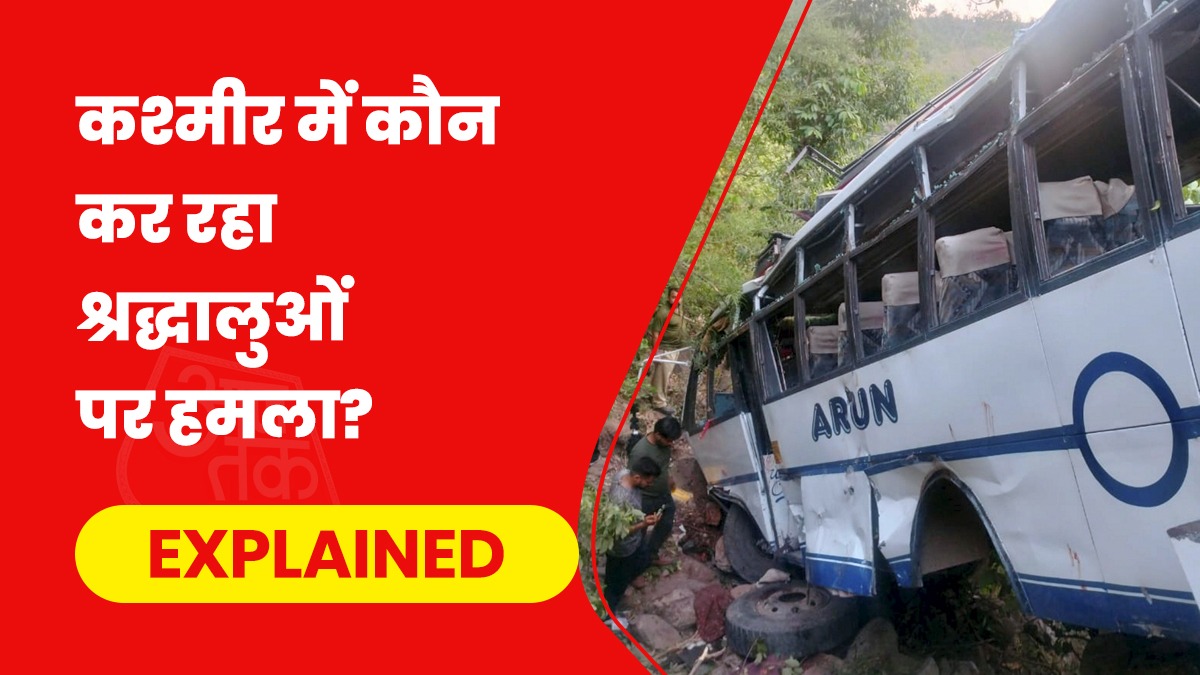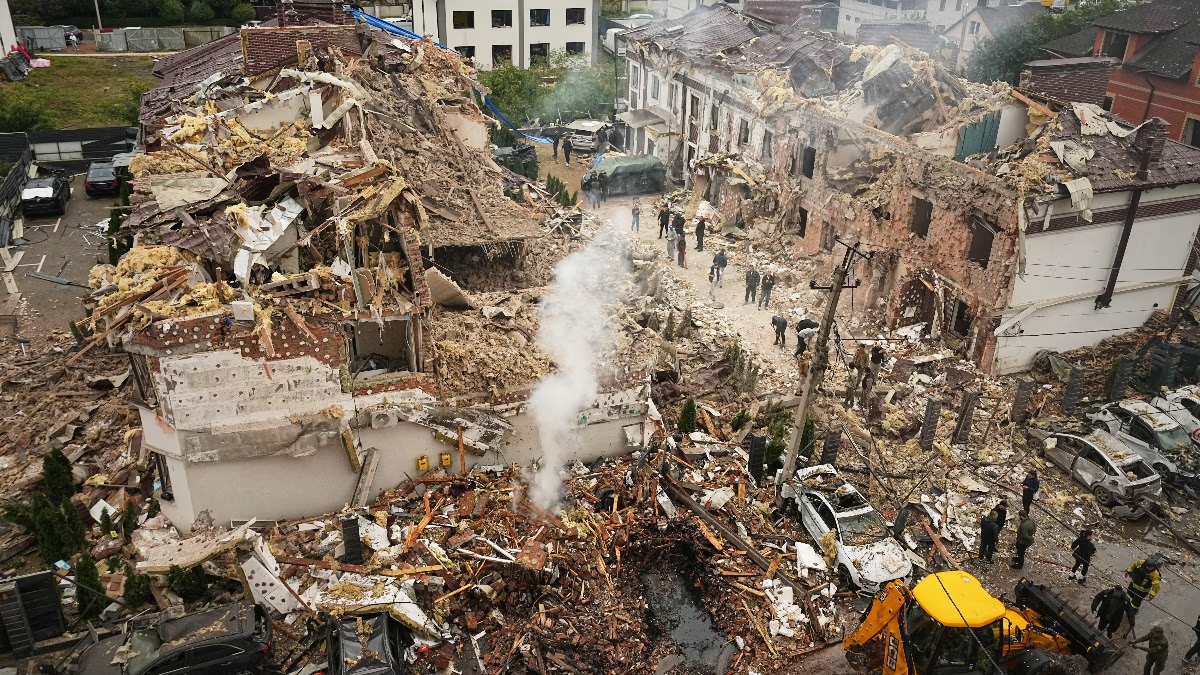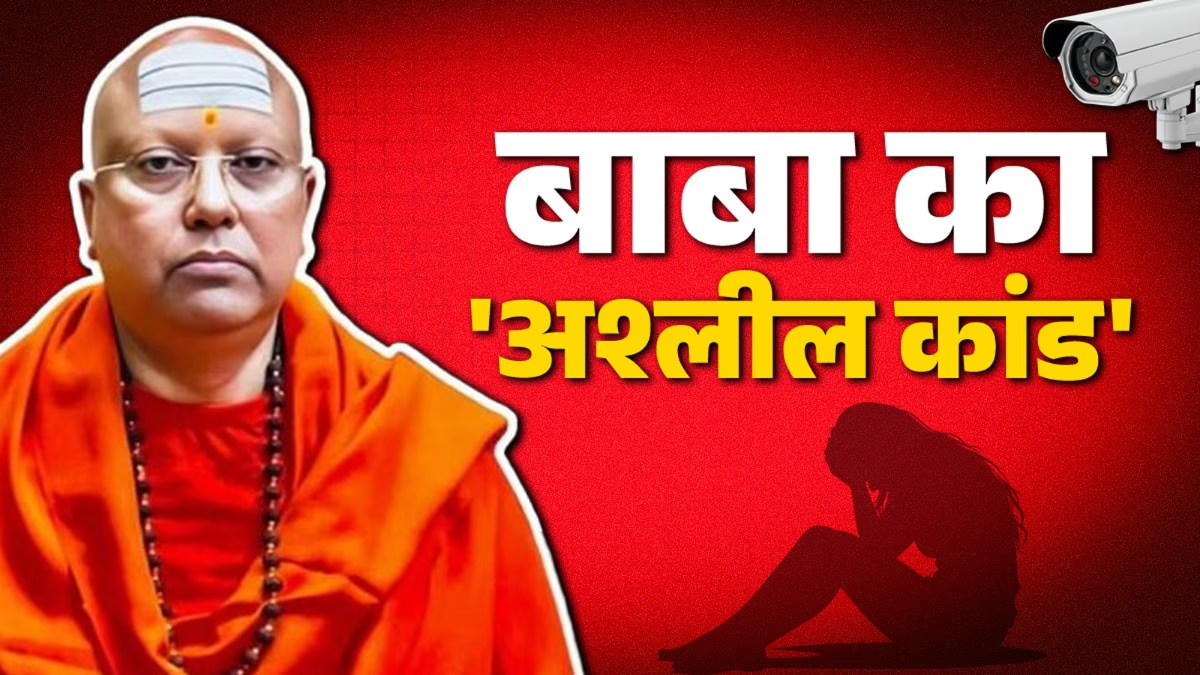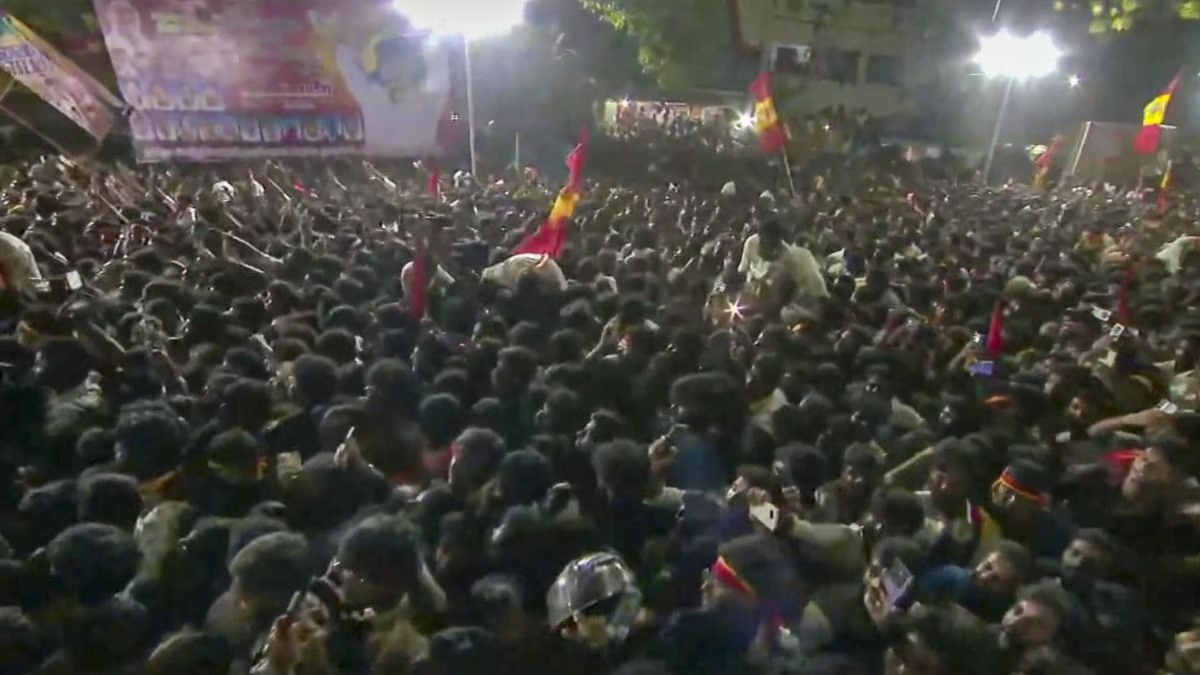In Reasi, Jammu and Kashmir, terrorists launched a devastating attack on a bus carrying devotees, leading to 10 tragic deaths. Nearly a month ago, a tourist bus in Pahalgam suffered a similar terrorist strike. Opposition parties are accusing the government of negligence over these incidents, and in a startling turn of events, an organization has claimed responsibility, issuing a dire warning specifically to non-Kashmiri individuals. Despite a spike in terrorist activities in Kashmir, casualties have decreased.
More Recruits, More Arrests
Since the repeal of Article 370 in August 2019, there's been an uptick in terrorist incidents in Kashmir. Security indicators such as the rise in terrorist enlistment hint at this. However, there's a twist. The pace of arrests of terrorists and their collaborators has been rapid. From August 2019 to June 2023, about 250 terrorists and their aides have been apprehended, a 71-fold increase over the arrests prior to the repeal of Article 370.
According to the Deccan Herald, citing official data, terror recruitment soared from 13% to a staggering 39% post the repeal. Meanwhile, the region witnessed eight grenade and thirteen IED attacks. During the four years when Article 370 was in place, there were only four grenade and seven IED attacks.
Casualties on the Decline
Though terrorist recruitment and attacks seem on the rise, there's been a significant reduction in casualties. Both security forces and civilians have witnessed fewer deaths. During the Article 370 era, 11 civilians died in terrorist attacks. Post-Article 370, there was a 63% decrease. Security force casualties also saw a 13% reduction.
Stone Pelting Incidents Plummet by 80%
Stone pelting was commonplace in Jammu & Kashmir. It targeted everyone from security forces to civilians. In 2010, stone pelting led to 112 civilian deaths, with over 6,000 injuries. Yet, there's been an 80% decrease in such incidents. In the last four years, only 19 stone-pelting cases were reported. Notably, no such events were recorded in Srinagar's Lal Chowk or anywhere in Kashmir in 2023. The Home Minister Amit Shah himself stated earlier this year that terrorism in Jammu & Kashmir has dropped by 70%.
What's New?
There appears to be an alarming trend of increasing attacks on vehicles of pilgrims. Terrorists strategically execute these attacks to maximize casualties and instill fear.
Just this Sunday, on the hills of Reasi, a bus carrying pilgrims returning from Shivkhori cave was assaulted by terrorists, claiming 10 lives.
In May 2022, a bomb was planted on a bus carrying devotees to Vaishno Devi, resulting in four deaths and 24 injuries.
The most significant incident occurred in August 2000, during the Amarnath pilgrimage in Pahalgam, where a terrorist attack claimed 32 lives and left 60 severely injured.
The Conspiracy to Widen the Gap Between Kashmiris and Non-locals
It's suspected that the attacks on pilgrims are part of a calculated ploy by terrorists. They are handpicking and striking vehicles belonging to pilgrims to perpetuate a climate of fear and to challenge the claim that terrorism has been replaced by tourism in Kashmir after the repeal of Article 370. Their agenda seems to turn the clock back to the tumultuous era of the 90s in Kashmir. Recent attacks have notably been directed more against non-locals, particularly pilgrims and those who moved to Kashmir for work, creating an impression that it's the local Kashmiris who are orchestrating these assaults. This is seen as an attempt to destroy communal harmony.
Are Local Kashmiris Behind The Attacks?
The Sunday attack was claimed by Pakistan's terror outfit, The Resistance Front (TRF). The group, associated with Lashkar, has also threatened more violence against tourists and non-locals. The National Investigation Agency (NIA) has begun its probe. Local people often join such organizations as overground workers to scout and relay information. However, it's the trained militants from Pakistan who typically execute these assaults.
Emergence of The Resistance Front
- TRF is active in Jammu & Kashmir, essentially a branch of Lashkar-e-Taiba. - It began online after the revocation of Article 370 from Jammu & Kashmir. - The establishment of TRF was plotted from across the border, with the backing of Lashkar-e-Taiba, Hizbul Mujahideen, and Pakistan's ISI. - It was created to keep Pakistan's name detached from terror attacks in India, thereby avoiding the FATF blacklist.
More Terror Outfits Emerging
Several terror groups like TRF have sprung up in Jammu & Kashmir. To an outsider, these may seem brand new with no past history, but their goal is singular: to instill fear and anger against non-locals among the native Kashmiri population and to keep Kashmir destabilized with terrorism.
Aside from TRF, the Jammu Kashmir Ghaznavi Force and the People's Anti-Fascist Front are prominent. Each funded by different global terrorist organizations, they focus less on direct attacks and more on setting narratives and inciting via social platforms.
Lastly, learn what the opposition has expressed about the attack. Congress leader Mallikarjun Kharge has targeted the governance, alleging the peace narrative in Kashmir to be hollow, while Rahul Gandhi dubbed it a true picture of worrying conditions in Jammu & Kashmir.




